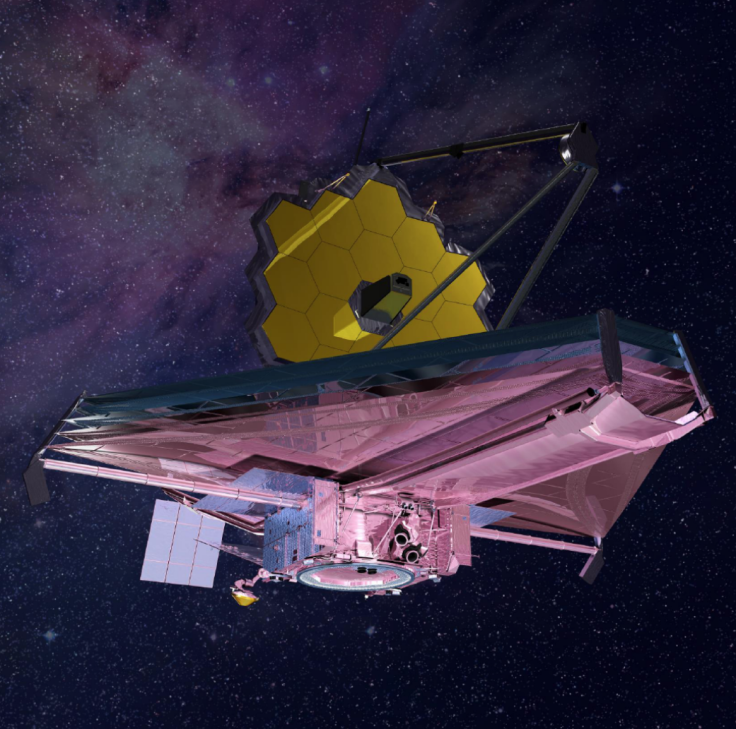James Webb Telescope Completes Environmental Tests, A 'Monumental' Step Towards Launch
KEY POINTS
- James Webb Space Telescope finally completed the series of environmental tests
- It recently passed the tests to make sure that it will survive the launch in 2021
- The tests simulated what it will likely experience on launch day
NASA's James Webb Space Telescope (JWST or Webb) recently passed milestone tests. The all-important environment tests help ensure that the telescope will survive the trip to space.
It was only in August when Webb passed what's called the "Ground Segment Test," which made sure that it will be able to respond to the commands from Earth and also send back valuable data once in space.
In a NASA news release, on Tuesday, the agency said that Webb just passed more milestone tests, this time to ensure that it will survive the launch aboard an Ariane 5 rocket in October 2021.
The recent tests are called the "acoustic" and "sine-vibration" testings, and they entailed simulating the shakes, deafening sounds and vibrations that Webb will surely experience both on the trip to space and while in orbit. This included placing it in a testing chamber and blasting it with sound pressure levels over 140 decibels as well as placing it on a "shaker table" that simulated the vibrations.
The tests were carried out in two facilities in California and are actually the last two environmental tests.
In a video shared by NASA, the massive telescope can be seen as it was being covered as protection from contamination while in transit to the testing facilities.
"The successful completion of our observatory environmental tests represent a monumental milestone in the march to launch," Webb project manager at NASA's Goddard Space Flight Center, Bill Ochs, said in the NASA news release. "Environmental testing demonstrates Webb's ability to survive the rocket ride to space, which is the most violent portion of its trip to orbit approximately a million miles from earth."
Once in orbit, Webb will unfold "like a Transformer" since it is so massive that it has to be folded in an origami manner to fit in the rocket. There, its advanced capabilities as the successor to the Hubble Space Telescope will allow it to look even closer to the beginning of time.
As NASA explains, if Hubble can see the "toddler galaxies," Webb will get to see the "baby galaxies."
And now that it has completed the environmental tests, despite the setbacks it experienced along the way, Webb is a major step closer to beginning its mission. After all, it would have to survive the trip for it to fulfill its mission 1.5 million kilometers from the Earth.

© Copyright IBTimes 2025. All rights reserved.





















